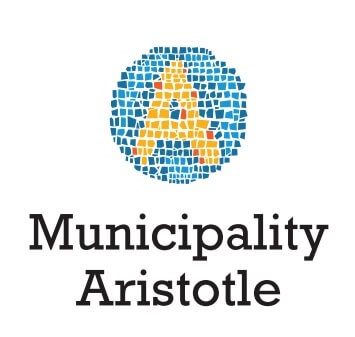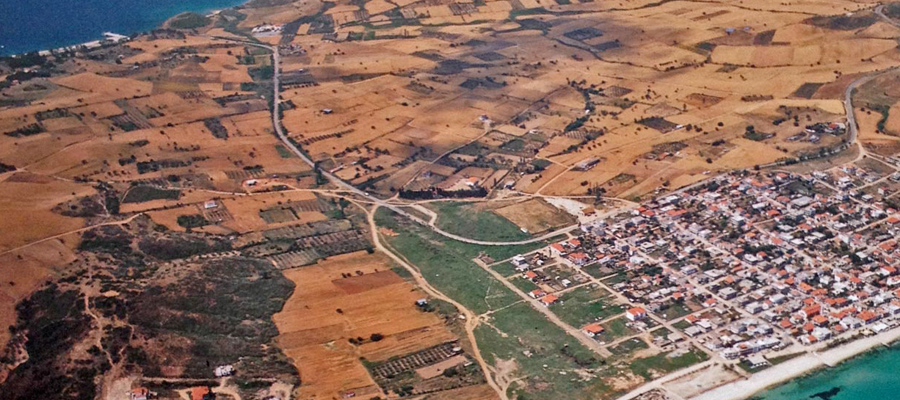Xerxes’ Canal
The canal, although mentioned by Herodotus, who even described its dimensions in some detail, as well as the esteemed ancient historian Thucydides, was nevertheless the subject of skepticism by historians both in recent and distant history. The main doubt came from Demetrius of Skopje, who noted that at one end of the ancient canal, there was hard rock, impossible to excavate at the time of its construction, leading him to hypothesize the existence of a diolkos at this point.
In general, the theory of the diolkos, as in ancient Corinth, was supported by some other writers as well. According to Herodotus’ description, Xerxes entrusted the project to Artachees and Bubaros. It is said that the giant Artachees, an Achaemenid, surpassed all the Persians in stature, standing nearly 2.5 meters tall with a deep voice. However, just before the canal was completed, he fell seriously ill and died, which Xerxes considered a bad omen. Artachees was buried in Akanthos with great honors.
Today, the canal is buried. It has been located between the villages of Nea Roda and Tripiti, and the landscape between the villages bears no resemblance to the ancient massive construction, except for a small valley in the center of the isthmus. The canal is 2 kilometers long and 30 meters wide. Its maximum depth is estimated at 15 meters. It is visible from a great height, as the area has experienced subsidence. In 2008, research by British and Greek engineers pinpointed its exact location and dimensions, debunking the theory of the diolkos.
The evidence suggests that the canal was abandoned after its excavation, which is why there are no building remains around it. Xerxes’ entire endeavor seems more like an attempt to impress and display power to the people of Halkidiki at that time.
Info
According to the archaeologist Ioulia Vokotopoulou, the canal was not only excavated, but also used. Despite its natural filling, a large trench is still visible at the narrowest point of the Isthmus. The area is still called “Provlakas” on the beach of Nea Roda, where the canal began. Ancient walls can be seen under the sea in this area.



